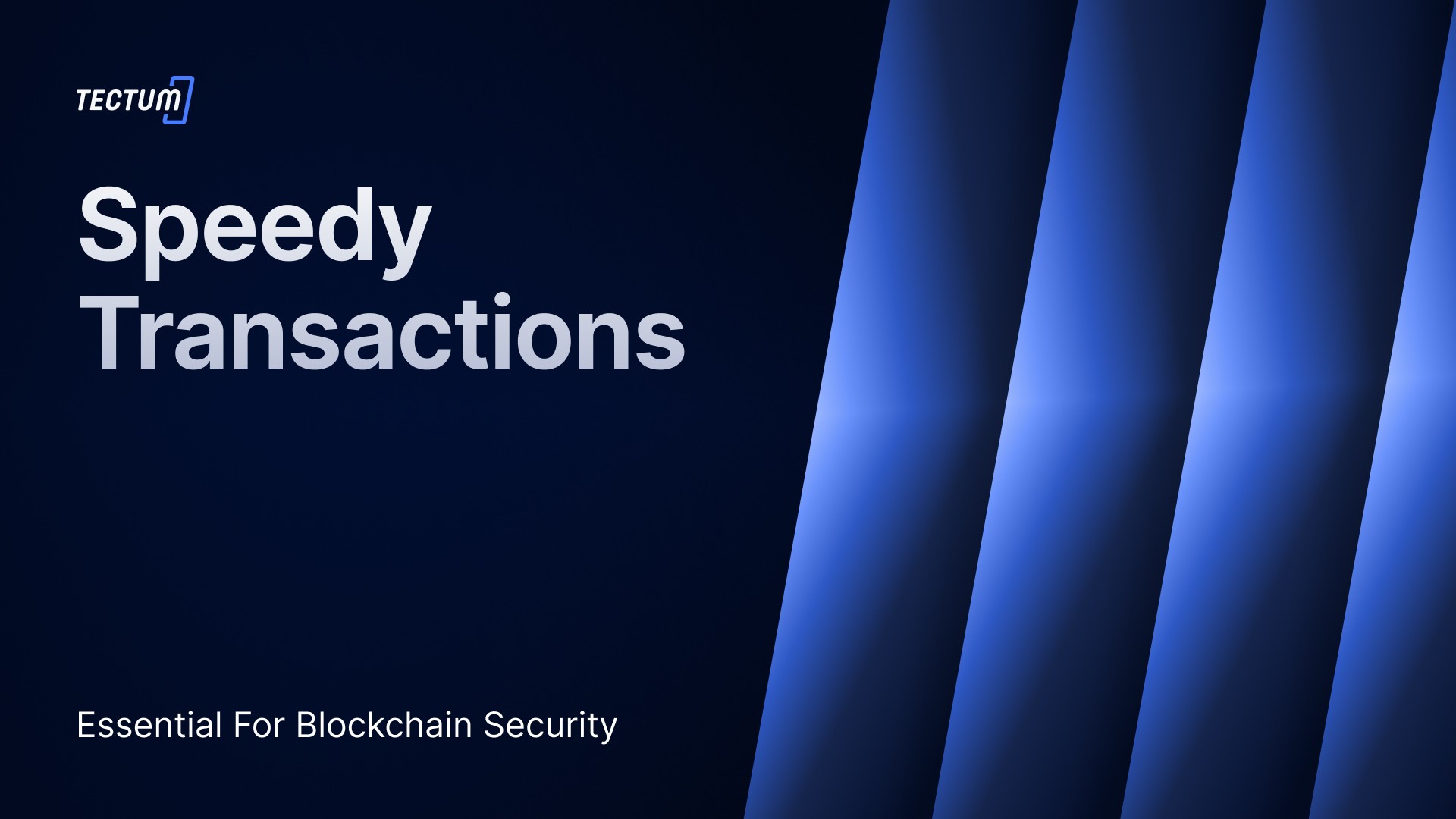The talk of transaction per second or TPS has become very popular among most blockchain companies. In fact, some firms even use it as a form of bragging rights. This trend has raised the curiosity of most individuals, and they are wondering why it is so important. For a straightforward answer, speedy transactions are actually essential for blockchain security.

Besides the safety factor, there are many other benefits regarding transactions taking effect as fast as possible. This article will share insights into data transfer on blockchain with some reference to the first blockchain -Bitcoin. Taking this comprehensive approach will enlighten readers on how this process has evolved.
Why Bitcoin Transactions Were Slow
Bitcoin is the first blockchain and paved the way for the introduction of decentralized technology. However, this blockchain was very slow and could only complete 7 transactions per second. Many people consider this pace to be very slow, especially when you compare it to what is obtainable today. However, there was a reason behind this speed.
As a truly decentralized process, Bitcoin transactions are broadcast on the entire network for verification. After the broadcast, the network sends the data to a mempool for verification. A miner then completes a complex mathematical equation to approve the transaction.
Upon approval, the transaction is added as a block to an existing chain. This existing chain contains prior transactions that were linked to that particular Bitcoin. In fact, the entire process can be traced to the first transaction when the Bitcoin was originally mined.
Why is this cumbersome process essential? The answer is simple – security. As mentioned earlier, each block is added to an already-existing chain. For any hacker to bypass the security, they will have to hack every single block on a chain. Well, good luck to anyone who intends to attempt such a venture. Now you understand why Bitcoin’s blockchain has not been hacked.
For the records, Bitcoin uses the proof of work consensus mechanism. This explains why miners need to solve a complex mathematical equation. While this method is super effective for ensuring, it is not sustainable for numerous reasons. Nobody will listen to any Web3 company with a value proposal of completing 7 safe transactions per second. Nobody.
How Tectum Uses Speedy Transactions to Promote Blockchain Security
Instead, blockchain companies now enhance the efficiency of blockchain transactions while existing concept of decentralization. Instead of proof of work, firms like Tectum use consensus as a service to maintain its status as the fastest blockchain.
For example, we intend to launch public servers to decentralize transaction nodes. This way, our network will maintain the security of Bitcoin without sacrificing its speed. That said, let us examine how fast data transfer ensures safety.
Several times, very large corporations have been reported to have their “server down.” What this actually means is that there is an overload on the data transfer mechanism. This is called a Distributed Denial-of-Service or DDoS attack. So that you get the point, here is a thorough explanation.
When people send and receive data, they are not exchanging it directly between themselves. Instead, they use a cloud storage medium known as a server to do so. The sender sends an encrypted message to the server, the server then decrypts the message and sends it to the receiver. This process is normally secure as long as there is no break in transmission.
To breach this system, a hacker will overload the server with data and flood the system. The overload will be such that the server will not be able to overcome it by processing the information at the standard speed. With the server exceeding its limit, the system will break down, and the cybercriminals will be able to access private data.
With blockchain and speedy transactions, a DDoS attack will be unsuccessful. First of all, blockchain allows for peer-to-peer transfer of data. This means that people can actually send and receive information directly instead of through a central server. This is because each block on the chain is actually a mini-server.
The addition of speedy transactions solidifies security. This means that even when a hacker attempts a DDoS attack on a single block, it will be futile because the block will transfer the data very swiftly. Thereby avoiding data overload that would lead to any crash of sorts.
Other Benefits of Speedy Transactions on Blockchain Besides Security
Speedy transactions actually contribute more to blockchain projects beyond security. Transfer of data is essential in every niche that requires technological support. With decentralized tech showing its efficiency beyond blockchain, many companies will take more interest in the technology.
At the moment, individuals outside Web3 see blockchain as just cryptocurrencies. Offering efficient and safe data transfer is an excellent way to change this perception about this innovation. Considering that the final goal of decentralized technology is adoption, creating more use cases is the way to go. More so, what use case is better than a data processing architecture that is safe and fast?
